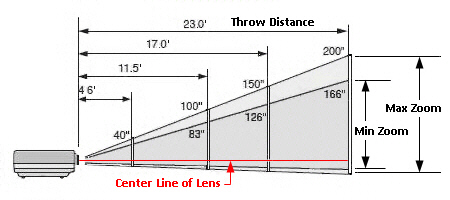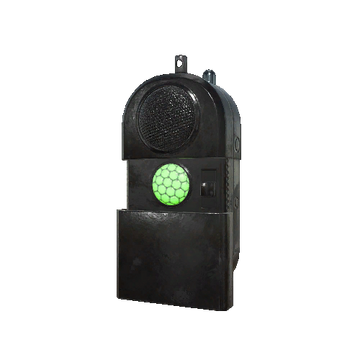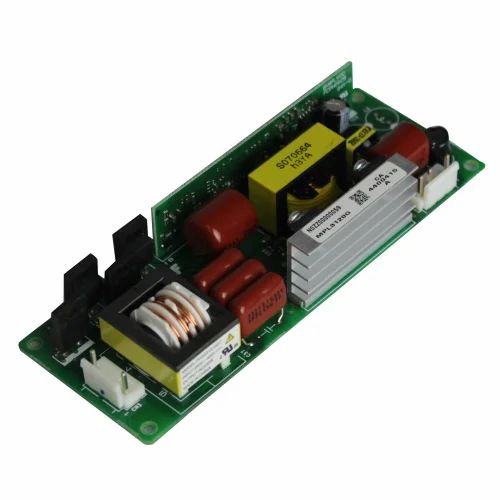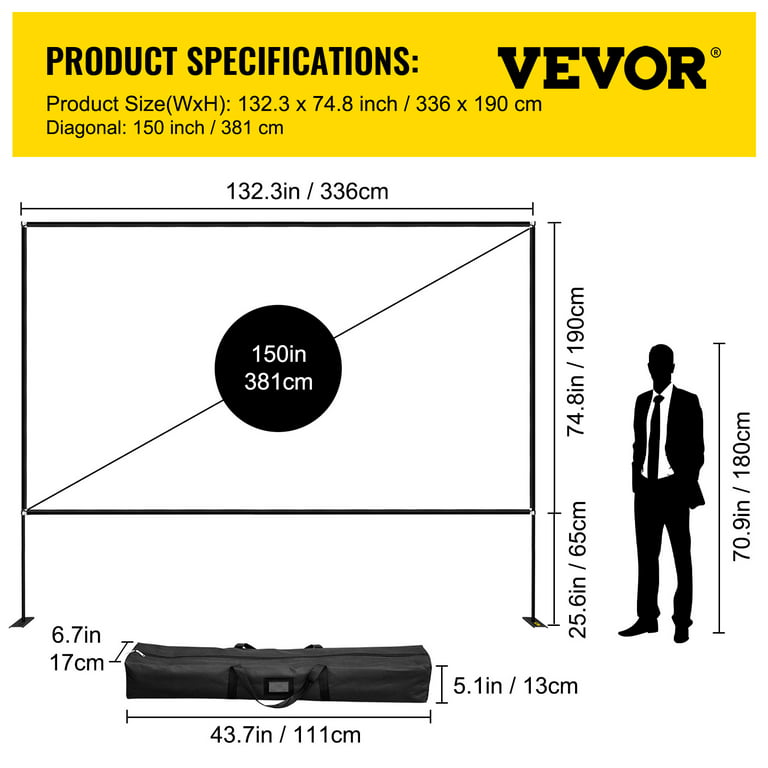Wearable Payment Tech: Convenience Meets Security
Wearable
payment technology is carving a significant niche in the financial tech
landscape. This innovation merges the simplicity of contactless payments with
the comfort of wearable devices, transforming how transactions are conducted.
As people strive for efficient, frictionless payment methods, wearables provide
a seamless solution. They allow consumers to perform transactions with a flick
of their wrist or a tap of their device. This technology not only speeds up
payment processes but also enhances user experience with its unobtrusive and
stylish design. With technological advancements, wearable payment devices are
setting a new standard for both convenience and security.

The Rise of
Contactless Payments in Wearables
Evolution of
Payment Systems in Wearables
Payment systems in wearables have significantly evolved, starting as basic step-tracking devices to becoming full-fledged financial tools. Initially, wearables focused on fitness tracking, but with NFC (Near Field Communication) technology integration, they now support contactless payments. This shift was driven by consumer demand for more versatility in their gadgets. Today, wearable devices, such as a Smartwatch and fitness bands, come equipped with chips that allow users to make payments as effortlessly as swiping a card. The continuous evolution of wearables into multi-functional devices is a testament to their growing importance in everyday financial transactions.
Consumer
Adoption and Benefits
Consumer
adoption of wearable payment tech is rising sharply due to its ease of use and
time-saving benefits. Wearables eliminate the need to carry physical wallets or
cards, offering a convenient alternative for quick transactions. Users
appreciate the ability to leave their homes with fewer items in tow, making
payments while jogging, shopping, or commuting. Additionally, wearables can
integrate with loyalty programs and offer personalized rewards, enhancing
consumer engagement. The hassle-free experience, combined with enhanced
security features, has encouraged more individuals to embrace this modern
payment method.
Enhancing
Security: How Wearables Keep Your Payments Safe
Biometric
Authentication in Payment Wearables
Biometric
authentication is a cornerstone of security in wearable payment devices. By
using unique biological characteristics like fingerprints, facial recognition,
or heart rate patterns, wearables ensure that only authorized users can make
transactions. This personalization adds an extra layer of security, which is
difficult for fraudsters to bypass. Unlike passwords or PINs that can be
forgotten or stolen, biometric data is inherently tied to the individual. As
wearables become more integrated into financial systems, the reliance on
biometrics is expected to increase, offering users a secure and reliable
payment method.
Encryption and
Data Protection Measures
Wearable
payment devices employ robust encryption technologies to protect sensitive user
data. These devices use advanced algorithms to encrypt transaction details,
ensuring that data is secure throughout the payment process. The data is
transmitted securely, safeguarding it from potential interception during
contactless transactions. Additionally, wearables often include built-in
firewalls and secure element chips that further enhance data protection. By
prioritizing encryption technologies, wearable manufacturers ensure that
consumers can trust these devices for conducting safe, reliable transactions in
any environment.
Fraud
Prevention and Instant Alerts
Fraud
prevention measures in wearable payment tech have become highly sophisticated.
Devices monitor user activity for unusual patterns and provide real-time alerts
for suspicious transactions. Wearable payments can also be easily disabled
remotely, providing another layer of control to users. Financial institutions
collaborate closely with wearable manufacturers, sharing insights for creating
stringent anti-fraud systems. As companies strive to stay ahead of
cybercriminals, instant alert features offer consumers peace of mind, ensuring
that any fraudulent attempts are quickly identified and addressed, maintaining
the integrity of wearable payment systems.
Convenience
and Accessibility: Wearable Payments in Daily Life
Pay-Anywhere
Capabilities of Wearables
Wearable
payment devices are designed for ultimate convenience, allowing consumers to
pay anytime, anywhere. These devices, equipped with NFC, let users execute
quick, contactless payments, whether in a bustling market or a quiet café. This
capability is highly valuable in scenarios where carrying a wallet or phone is
cumbersome, such as during fitness activities or public transport commutes. By
simply tapping or hovering their wearable device near a payment terminal, users
can complete transactions efficiently, enhancing the everyday shopping
experience and cementing their place as a flexible payment solution.

Streamlining
Transactions for Consumers
Wearables
streamline transactions by reducing the time and effort needed for each
payment. Users can bypass lengthy checkout processes and avoid the need to dig
through bags for credit cards or cash. With wearables, transaction approval is
swift, making them ideal for today’s fast-paced lifestyle where every second
counts. Furthermore, digital receipt storage and transaction history tracking
provide users with a comprehensive overview of their spending, simplifying
personal budgeting and financial management. This streamlined approach
revolutionizes consumer interaction with payment processes, enhancing overall
satisfaction.
Integrating
Wearable Payments with Smart Ecosystems
Integrating
wearable payments with smart ecosystems enhances the utility and functionality
of wearables. As smart homes and connected devices gain popularity, wearables
become central hubs, facilitating a wide range of activities beyond payments.
Users can control smart home features, access secure locations, or authenticate
users in multiservices tasks, all through their wearable devices. This
interoperability ensures that wearable payments are not just transactional
tools but essential components of a holistic smart lifestyle, providing greater
convenience and connectivity across various aspects of daily life.
Conclusion
Wearable
payment technology continues to bridge the gap between convenience and
security, offering users an efficient and safe alternative to traditional
payment methods. As we move further into 2025, advancements in biometrics,
encryption, and smart integration underscore the potential of wearables to
revolutionize daily transactions. These innovations, combined with an
increasing focus on sustainability, position wearable technologies as not only
modern conveniences but also components of a greener future. Consumers eagerly
embrace these tools, which conveniently fit into their dynamic lifestyles while
offering robust security features. The future of payment is undoubtedly
wearable, shaping the financial spectrum with its promise of simplicity and
innovation.







